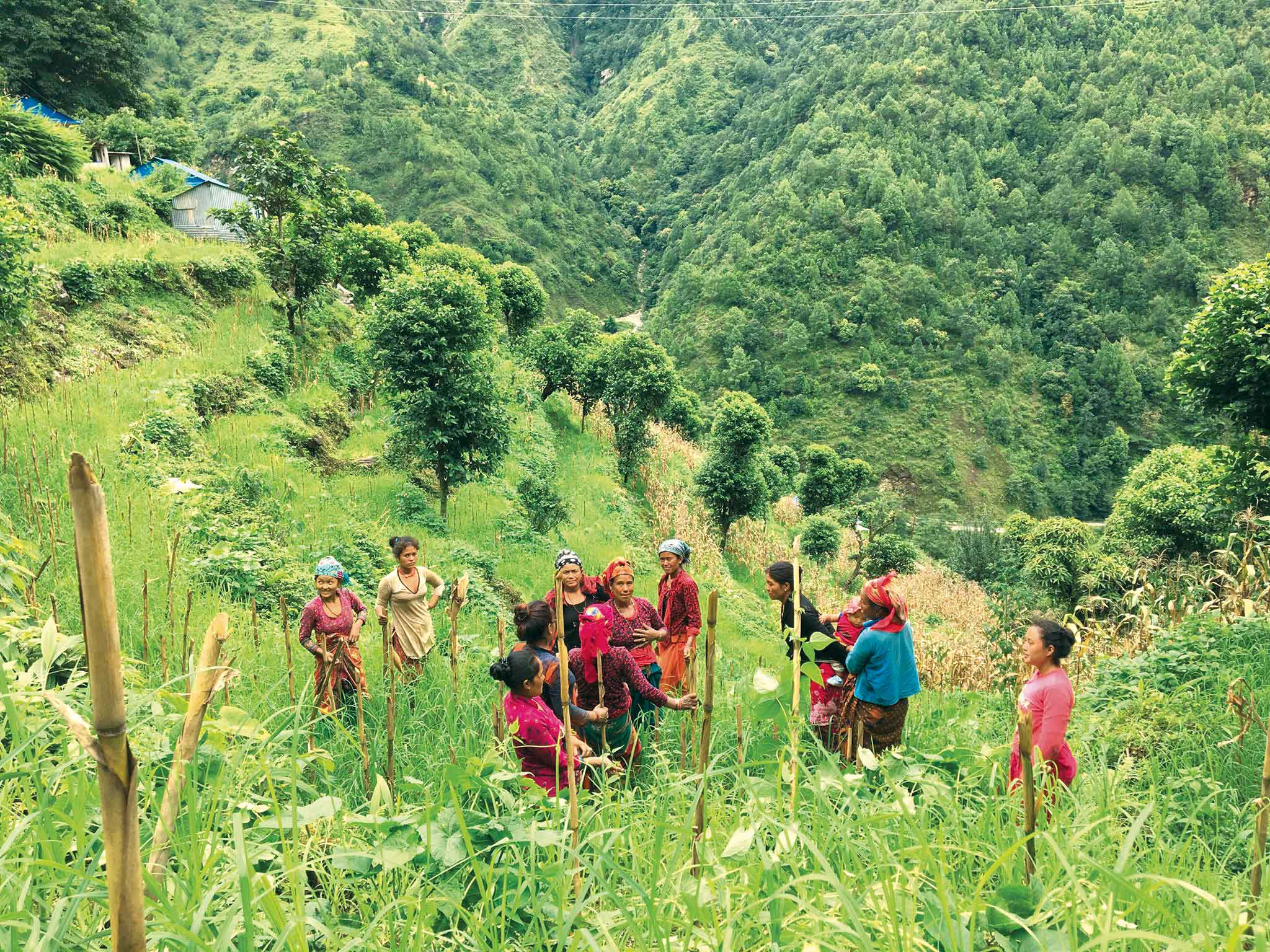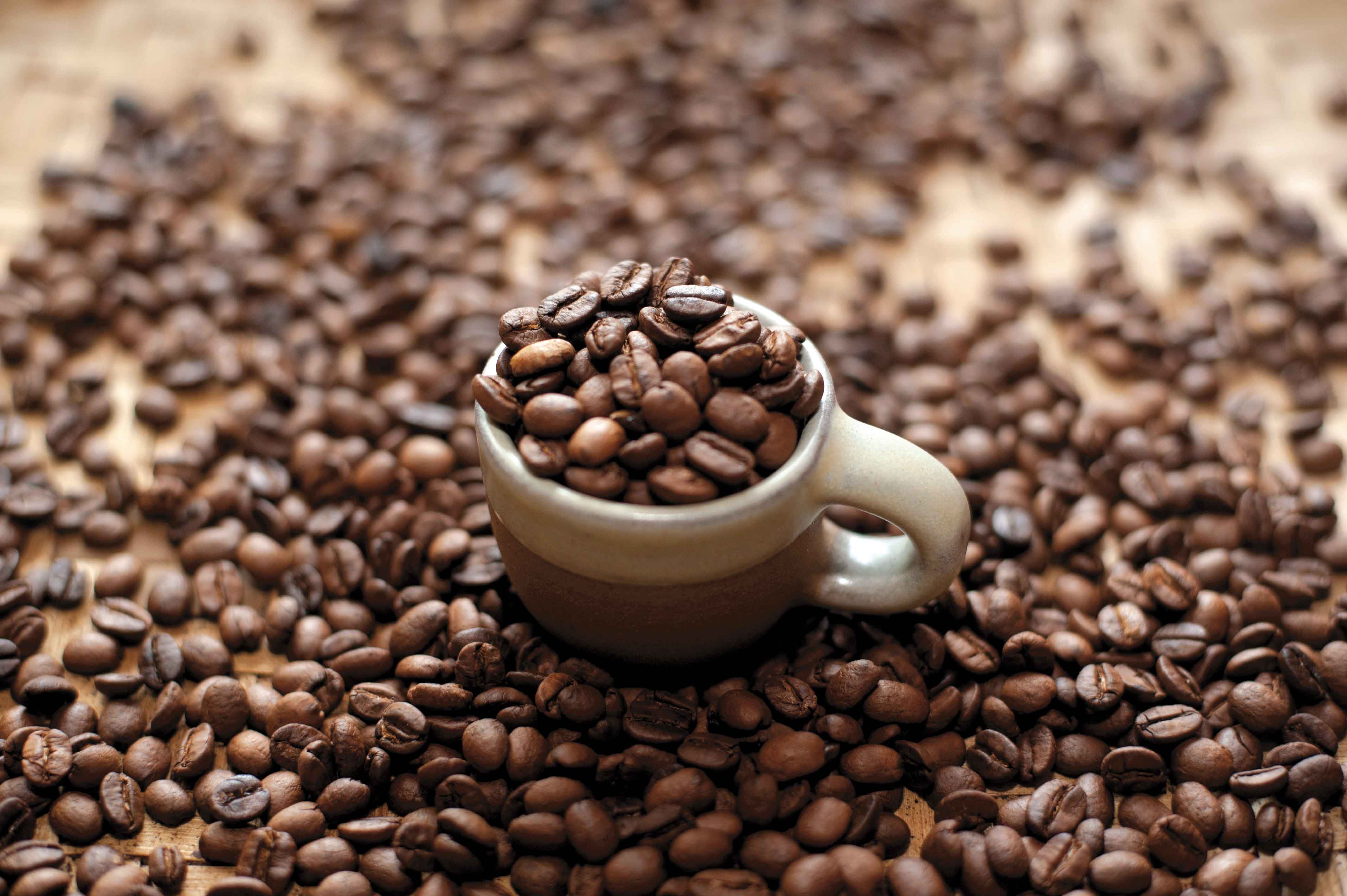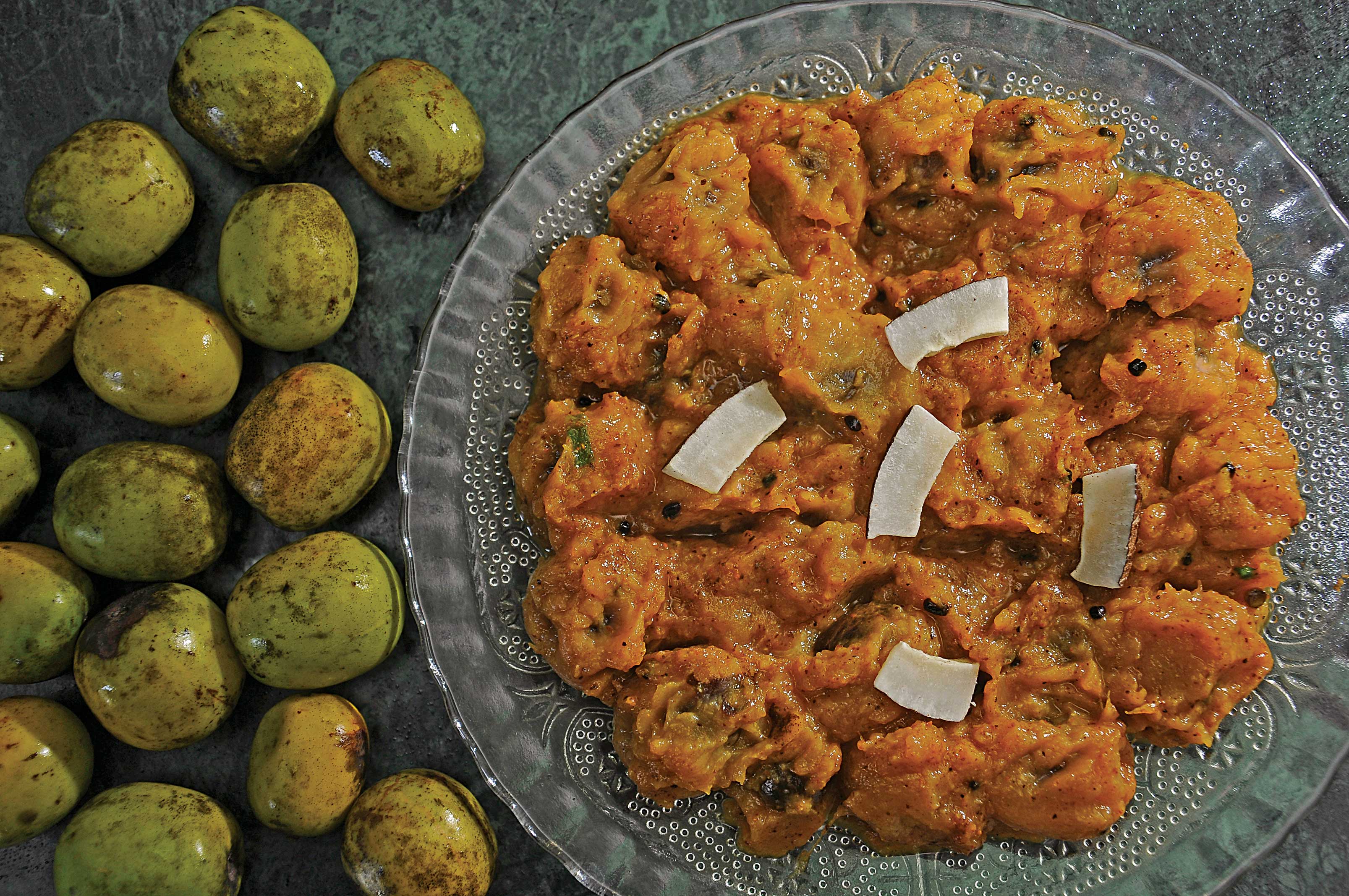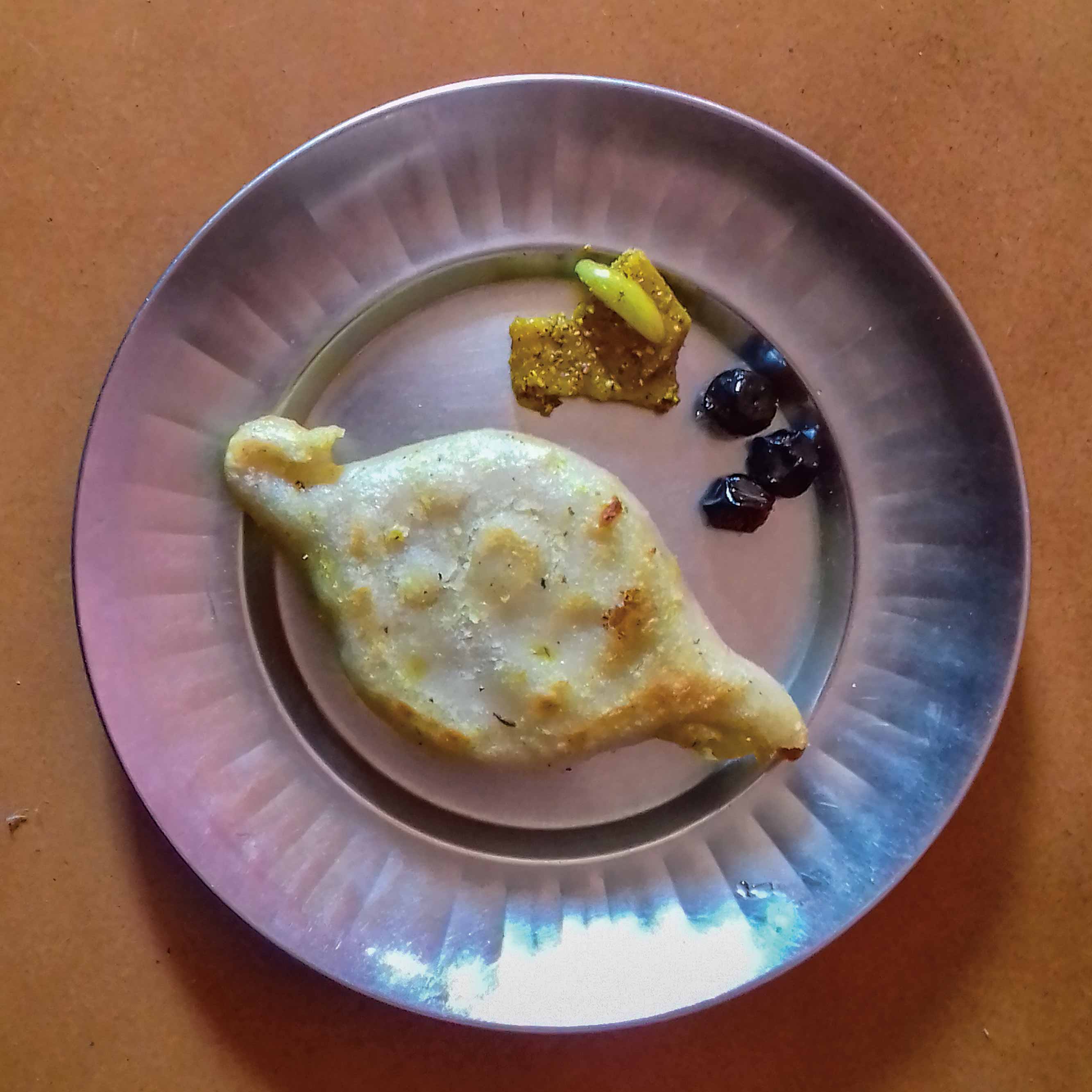The hottest threesome of aalu, bodi and tama would be quite unsatisfying without the piquant, biting flavor of tama (bamboo shoot), a taste the Nepali tongue has gladly grown accustomed to.
You wouldn’t think something so custard-yellow in color would taste so sharp. But no! Tama (fermented bamboo shoots), as we know it, is a surprisingly zesty addition to the everyday Nepali dal-bhat, otherwise salty or spicy for most parts. Crisp, tender and slimy to touch when cooked, the aalu-bodi-tama concoction is perhaps as Nepali as gundruk, as naughty as achaar, and, in the aftertaste, tingles your tonsils as acerbically as alcohol.
These asparagus-like vegetables, of the grass family Poaceae, are harvested for food before they are two weeks old or one foot tall. As much as their earthy aroma from the kitchen may suggest otherwise, bamboo shoots are actually extremely bitter and barely digestible when raw. Also, with its bland color and pointy ends, it’s not exactly eye candy amongst vegetables. To prepare for cooking, the tough outer layer is peeled off with a sideway slit, and the inner, softer, edible core is boiled (preferably with the utensil lid open) to remove the natural bitterness.
Asian kitchens are aplenty with its taste: in Indonesia, they are sliced thinly and boiled with coconut milk, in Manipur, India, it is fermented and preserved, in Vietnam, it is added to pork chop soups and in Japan, this spring delicacy can be boiled, sautéed or braised and served alongside meat and fish. They are eaten fresh, pickled or dried in China, Japan, Korea and other South-East Asian countries.
 In this part of the world, bamboo shoots are not only indigenous but have been grown seasonally for thousands of years. In winter, they are small, tender and dug out from underground; in spring, shoots are harvested when young, chunky and pale; and their summer counterparts come from a late-appearing bamboo variety that are closest to asparagus in appearance. They can be stored, unpeeled, in refrigerators for up to two weeks, although if exposed to sunlight they will start tasting bitter.
In this part of the world, bamboo shoots are not only indigenous but have been grown seasonally for thousands of years. In winter, they are small, tender and dug out from underground; in spring, shoots are harvested when young, chunky and pale; and their summer counterparts come from a late-appearing bamboo variety that are closest to asparagus in appearance. They can be stored, unpeeled, in refrigerators for up to two weeks, although if exposed to sunlight they will start tasting bitter.
What sets the Nepali aalu-bodi-tama combination apart are the spices and sauté. Red chilies, onions and oil are sautéed until dark and salt and spices are added before cooking for about five minutes in low heat. Squarely cut potatoes, soaked beans and slices of fermented bamboo shoots are then added for a few minutes. Water is added until it is boiling. Let it simmer for about fifteen minutes and stir well to bring out the desired consistency.
Then, of course, comes the best part: serve hot with rice!

Nepal's Preserved and Fermented Wonders
...










